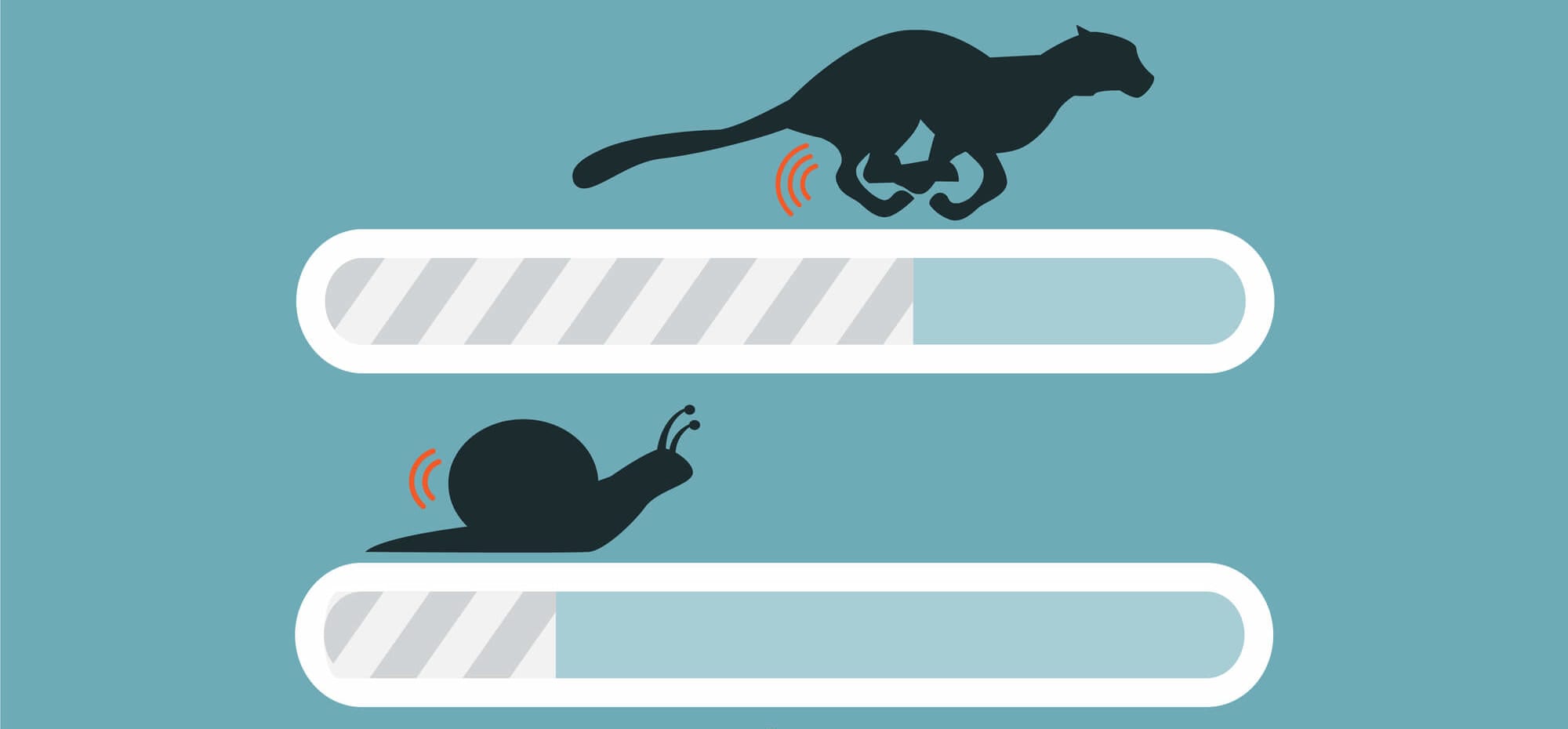Site speed is more important now than it has ever been in the past. Not only is Google actively using load speed as a ranking factor, but they are also moving towards a mobile-first index. This means that the primary search results will be designed to work best on mobile devices.
With most mobile phone networks still having relatively slow connections, this means that pages need to be smaller and load faster than they have in the past. The consequences for not keeping up are severe and could mean lost rankings, traffic, and the correlating revenue.
Choose a Better Hosting Plan
The most prominent impact most websites can have on their site speed is by upgrading to a better host or a plan that gives them faster data transfer. Shared hosting is a great start for small businesses that only get a couple of views per day, but above that a VPS or dedicated server is ideal.
In this day and age virtual private servers aren’t expensive, but they can offer far superior data transfer speeds when compared to shared hosting. The real problem with shared plans is that you are sharing resources with other sites and this means that at some times your site might be extremely throttled, resulting in terrible load times.
With Google moving towards a mobile-first index you will need to ensure that your server is capable of transferring data quick enough. Otherwise, you’ll see rankings dropping.
Decrease Image File Sizes
Once you’ve moved your website to the fastest server that you can afford it’s time to start optimizing the pages that you’re serving to users. After all, the more that you make them download, the slower the pages will load for them.
Images are the largest files that most websites serve to their visitors, and because most sites use so many, it can add up to make a single page many megabytes.
Image file sizes are dictated by a few factors; the dimensions of the image, the pixels per inch and also the colors that are in the image. The easiest factors to change are the pixels per inch and the dimensions of the picture, and they also have the most significant impact on file size.
Ideally, all of the images on your website are served in the correct size. If you make users download smaller files or larger files they will have to scale them respectively to fit the container. The problem with that is that with larger images you force users to download more data, only to scale it down anyway.
Instead, make sure that you create images in the right dimensions, to begin with. This can drastically reduce their file sizes.
Most of your images should come in under 200kb, especially if they are only to make your blog posts more attractive. The second component is the pixels per inch, which will impact on how clear or pixelated an image is.
Programs like Photoshop give you a ‘quality’ slider which you can use to choose the image quality when you export files. Instead of exporting at the maximum quality you can get away with using 50% in most cases, with minimal impact on appearance.
Decrease the Total Number of Requests
Finally, you want to ensure that you decrease the number of requests that a single web page makes. Each request takes time to process and by removing unnecessary requests you can make pages load quicker.
For most websites, the most significant impact on the number of requests is caching. Caching is when your site tells the users computer to store individual files that are consistent on multiple pages. This might include header images, logos and analytics scripts.
By doing this, you can avoid users downloading the same files over and over again, wasting bandwidth and causing pages to load slower.
But caching isn’t the only way to reduce the total number of requests. Many websites that are built using tools like WordPress or Joomla end up with multiple CSS and Javascript files, each of which is loaded separately. Instead, you can combine the files to reduce the number of requests that the page makes to your server.




